What Is Painting?
As art has shifted and evolved, the notion of painting has become somewhat abstract – though it can still be seen as an act or process to apply paint or color. Artists have grown more creative in their use of tools such as sponges, spray cans and knives; this alteration only further blurs our definition of the term painting describes what a ‘painting’ is traditionally known to be. A result from said action creates artwork often referred to by viewers simply as ‘a painting’ but also serves functional purpose when used for protective finishes on surfaces like walls, furniture and canvas among other things.The Origin of Painting
The Origin of Painting
Painting has long existed in our minds as an expressive form of art. Most ancient paintings are some 40,000-years of age. Several ancient paintings of Neolithic age are found in cave walls. The prehistoric painting of caves has appeared in western Europe and Indonesia. Nevertheless, paintings remain part of the history and culture of the country. The cave drawings were very basic and the original artist could just use some colors. These cave paintings have long been considered more informative than they do for the art historians telling stories.
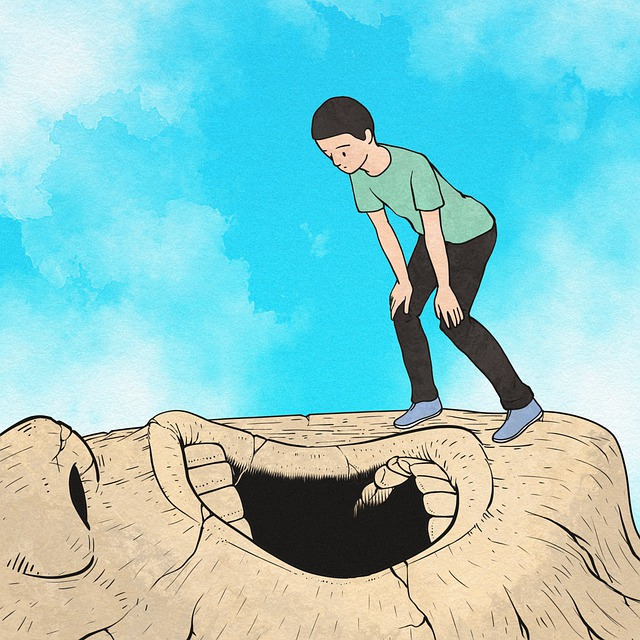
Painting Techniques
Over the last century paintings have evolved into a broad array of techniques encompassing a variety of artistic forms. These paintings may be traditional, but others can be unconventional. Painting techniques generally don’t depend on material but rather on the technique by which paint is applied. Although most painting styles or techniques are categorized by material, most contemporary painting styles are defined by length and direction in strokes and mixing colors. Some of today’s paintings have also used several techniques in their creation. The paintings “flowers on black” by Angela Accardi use acrylic and oil.

The Common Painting Techniques Are
Artists continue creating art styles. Mixed media digital art, works and 3D artwork push the boundaries of traditional painting.
There are a few different painting techniques that are commonly used in order to create different effects. Some of these common techniques include things like using a dry brush, glazing, wet on wet painting, and impasto.
Dry brush painting is achieved by using a brush that has very little paint on it. This results in a more textured and rough look. Glazing is done by painting a thin layer of color over an already existing layer of paint in order to create depth or change the color. Wet on wet painting is pretty much what it sounds like- painting on top of a still wet surface. This technique can create some pretty cool effects, like blurred lines or mixing of colors. Impasto is when you use a lot of paint so that it stands up off the surface- think of paintings with really thick and textured strokes.
Knowing some of these common painting techniques can help you to create the exact look and feel that you want for your own paintings!
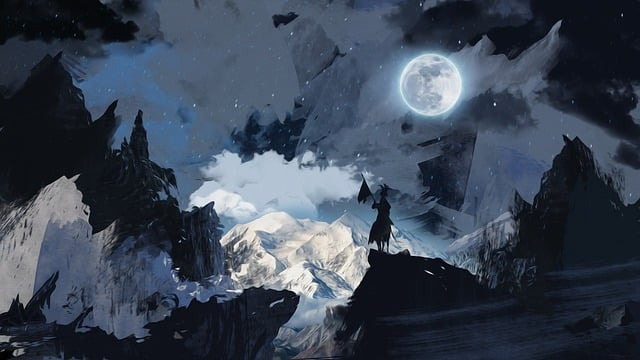
Painting
As a form of expression in the visual arts, painting has long been an integral part of humanity’s creative output. With various art mediums like brushes, knives and even airbrushes serving as tools for customizing surfaces such as walls, canvas or wood with color and texture that ranges from pigment to paper collage – paintings offer imaginative possibilities full of possibility. Drawing on traditional elements like composition and gesture alongside modern takes on other artistic composition methodologies makes this practice unique among other forms within the visual artsHow do you explain a painting?
What is basic painting?
Artist’s Blog: When talking about art, the mind of a lot of folks first think about painting. Paintings represent the most widely known artwork of all time. However as art evolved into mixed media and digital artwork the definition relating to the term painting became blurry. Painting means applying paint or other materials to a solid surface — usually an oil painting surface. Paint or other colors are commonly used on paint brushes. Artists use different tools, namely sponges, spray paint and knife.

What do you call a painting?
A painting is a work of art that is created through the use of pigments on a surface. The word “painting” can refer to both the act of creating the work, as well as the finished product. There are many different types of paintings, including oil paintings, watercolor paintings, and acrylic paintings.
What are three types of painting?
Painting is a form of art that has been around for centuries and has evolved over time, with different types of painting being used to express one’s creativity. There are three main types of painting; oil, acrylic, and watercolor. In this blog post, we’ll explore each type in more detail and discuss their unique characteristics.
Oil painting is a classic medium that has been used for centuries by some of the world’s most famous artists. It involves mixing pigments with linseed oil or other oils to create a paste-like substance which is then applied to canvas or board. Oil paint produces vibrant colors and bold strokes, making it an ideal choice for realism in artworks. The drying time can take up to weeks depending on the thickness of the paint layers used.
Acrylic painting uses pigments suspended in a liquid acrylic polymer emulsion which is then applied to canvas or paper. Acrylic paints dry quickly, so they are often favored by those who like to work quickly or want to complete their artwork in one sitting. Their colors are very vivid and bright when wet but will gradually fade over time as the paint dries out. Acrylics are also easier to remove from surfaces than oil paints if mistakes are made while working on your artwork.
Watercolor painting is a versatile medium that involves using transparent washes of pigment on paper or other absorbent surfaces such as wood or fabric. This type of painting often yields softer results than either oil or acrylic paint due to its semi-transparent nature, however it can be used for both subtle detailing and bold blocks of color depending on how thickly it is applied. Watercolors tend to mix easily with one another so they can be blended into beautiful gradients and subtle blends of color within your artwork.
No matter what type of painting you choose, each has its own unique characteristics and can offer something special when creating works of art. Whether you’re looking for realism with oils, quickness with acryllics, or subtlety with watercolors – all three types action painting will provide you with endless possibilities for creative exploration!
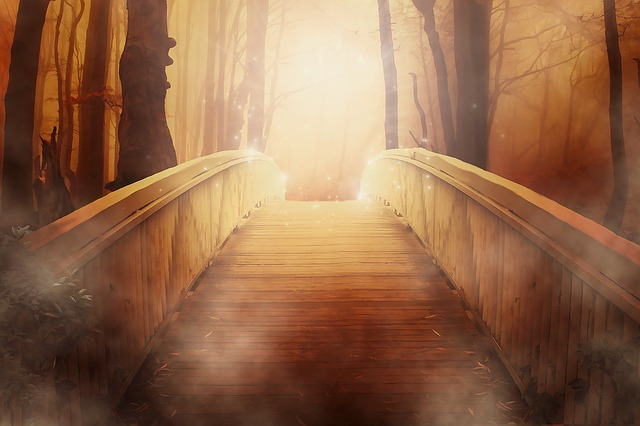
The Art of Expressing Yourself Through Painting
Painting is an art form that has been around for centuries. It not only allows you to express yourself creatively, but also helps build discipline and gives you the tools to create something tangible. Whether it’s abstract art, watercolor, oil painting or any other type of painting, the possibilities are endless in what you can create.
When describing painting, it’s important to consider the various aspects of the art form. In terms of technique, there are a variety of styles and approaches—from realism to impressionism—that allow artists to express themselves in different ways. Color is also an important factor in any type of painting. Many artists select colors deliberately to evoke emotion or mood; this can be done through the use of vivid hues or complementary colors. Texture is another aspect that can greatly influence a painting’s overall look and feel; this could include thick brushstrokes, soft feathery lines, or anything else that gives each piece its unique quality.
The process of actually creating a work of art is also a crucial part of expressing yourself through painting. Drawing on canvas involves planning out your composition before beginning; this means deciding on where elements will be located in relation to one another on the page. Once this is done, it comes down to using different materials such as brushes, paint and palette knives—each with their own set of techniques—to bring your idea into fruition.
One way to get inspired when starting out with painting is by studying great works from both past and present masters. This doesn’t mean simply copying their work though; instead it should guide you in developing your own style which reflects who you are as an artist and how you want your artwork to be perceived by others. Researching techniques used by these painters can help immensely as well; many times they will have left detailed notes about their methods which can then be adapted according to one’s needs and preferences while working on a project.
Overall, describing painting is ultimately about expressing yourself through visual storytelling—capturing emotions and feelings in a way words alone cannot do justice; there’s no right or wrong way when it comes to creating art either so don’t hesitate to experiment with different ideas until you find something that speaks volumes about your life and who you are!
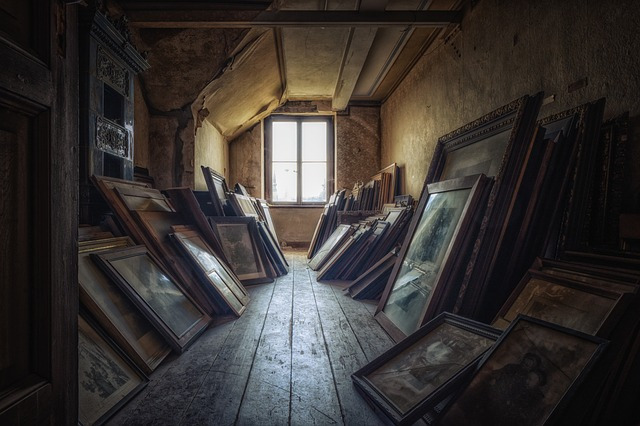
What to paint when painting.
There are many factors to consider, such as the size of the room, the light, the furniture, and the mood you want to create. However, with a little planning and forethought, you can choose the perfect paint color for your space. Size: The first thing to consider is the size of the room. If you have a large room, you can be more adventurous with your color choices. However, if you have a small room, you may want to stick to lighter colors to make the space feel larger. Light: The amount of natural light in a room will also affect your color choices. If a room gets a lot of light, you may want to opt for lighter colors to prevent the space from feeling too bright. Conversely, if a room doesn’t get much natural light, you may want to choose darker colors to make it feel more cozy. Furniture: Another factor to consider is the furniture in the room. If you have dark furniture, you may want to choose lighter colors for the walls so that the space doesn’t feel too heavy. Alternatively, if you have light-colored furniture, you may want to choose darker colors for the walls to create a more dramatic look. Mood: Finally, think about the mood you want to create in the space. If you want a calm and serene environment, you may want to choose softer colors. However, if you want a more energetic atmosphere, brighter colors may be more appropriate.
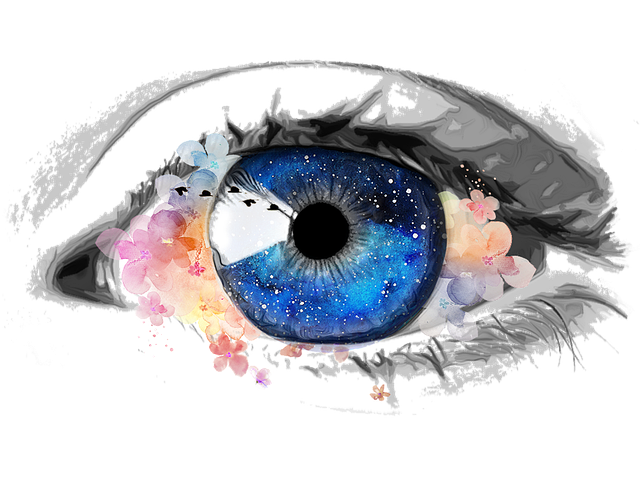
Do paintings have meaning?
Paintings have been around for centuries, and continue to be one of the most popular forms of art. But what do they actually mean? Is there more to a painting or artistic composition than meets the eye?
Most people would say that paintings are simply a way to express oneself. But there is actually a lot more to it than that. Paintings can be seen as a reflection of one’s soul. They can be used to communicate messages and emotions that words cannot express.
Paintings can also be seen as a way to connect with other people. When you look at a painting, you are seeing the world through the artist’s eyes. You are seeing their interpretation of the world around them. This can be a powerful way to connect with others, and to understand their point of view.
In short, paintings can have a great deal of meaning. They can be used to communicate, to connect, and to understand.

What are the 3 types of art?
The world of art has many different types and styles, each with its own unique characteristics. In this blog post, we’ll explore the three major categories of art: representational, abstract, and non-representational.
Representational art seeks to accurately portray a physical object, subject matter or scene. Representational artwork is often realistic in nature and employs techniques such as shading and perspective to create an illusion of depth and three-dimensionality. Many famous works from renowned painters such as Rembrandt and Da Vinci are examples of representational art.
Abstract art uses elements such as color, line, shape, texture and composition to create a work that explores the artist’s emotions rather than simply depicting a physical reality. Abstract artwork often relies heavily on the artist’s imagination and interpretation to give the viewer insight into their internal experience of art world. Famous abstract artists include Pablo Picasso and Wassily Kandinsky.
Non-representational art does not seek to depict any physical object or scene but instead uses color, line, shape, texture and composition to create personal expression without representing anything from the outside world. This type of artwork often reveals something about the inner self or expresses a certain emotion rather than producing a likeness of any particular thing in nature or reality. Jackson Pollock is widely recognized for his work in non-representational painting techniques like drip painting.
When creating a painting project of your own it is important to decide which type of art you would like to pursue – representational, abstract, or non-representational – based on your individual preferences and goals for your artwork. Each artistic style comes with its own unique set of creative challenges so understanding these distinctions can help you make an informed decision when beginning a new piece of painted artwork!
